Table of Contents
- Does Mexican Mean Spicy? The Direct Answer
- Why the 'Mexican = Spicy' Myth Persists
- Historical Evolution of the Spice Misconception
- Regional Flavor Variations Across Mexico
- 10 Authentic Non-Spicy Mexican Dishes You Should Try
- How to Order Non-Spicy Mexican Food Like a Local
- Understanding Mexican Spices Without the Heat
- Frequently Asked Questions
No, Mexican does not mean spicy. This is one of the most common misconceptions about Mexican cuisine. While chili peppers are used in many traditional dishes, authentic Mexican food encompasses a wide spectrum of flavors where heat is just one element among many. Most regional Mexican cuisines actually prioritize complex flavor profiles over pure spiciness, with many classic dishes containing no heat at all.
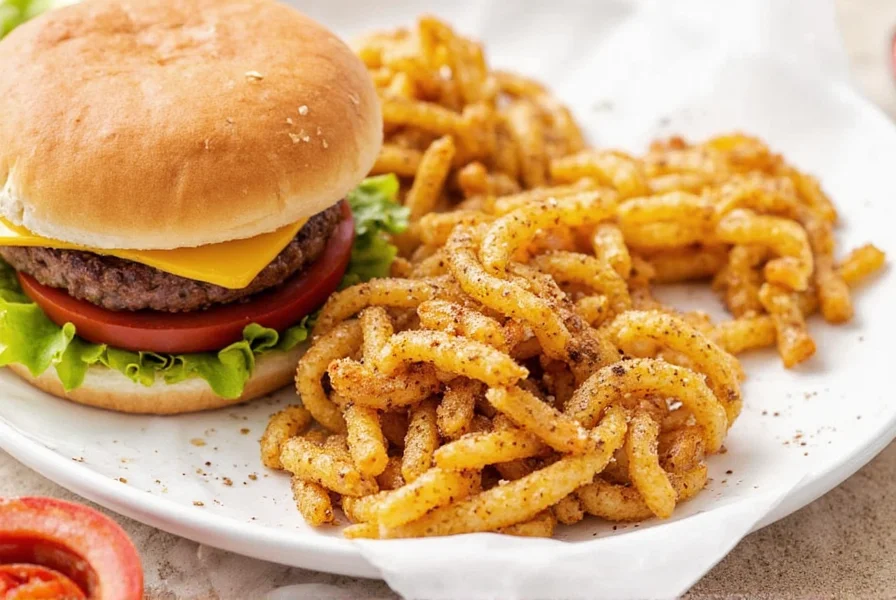
Why the 'Mexican = Spicy' Myth Persists
The misconception that Mexican equals spicy primarily stems from two sources: Americanized "Mexican" restaurants and selective media representation. In the United States, Tex-Mex cuisine (which developed along the Texas-Mexico border) became the dominant version of "Mexican" food, often amplifying heat levels for American palates.
Mexico has 32 distinct states, each with its own culinary traditions. Northern Mexican cuisine tends to be milder with more grilled meats and dairy, while southern regions incorporate more complex mole sauces that balance heat with chocolate, nuts, and spices. The truth is that authentic Mexican cooking follows a philosophy of equilibrium - balancing sweet, sour, salty, bitter, and umami elements, with heat playing only a supporting role when present.
Historical Evolution of the Spice Misconception
Understanding how this myth developed requires examining documented culinary shifts over time. Research shows the "spicy" association emerged from specific historical adaptations rather than authentic Mexican traditions:
| Time Period | Key Development | Evidence Source |
|---|---|---|
| Pre-1940s | Mexican regional cuisines developed with minimal chili use in northern/coastal areas; chilies were primarily for flavor balance | National Institute of Anthropology and History (INAH) culinary archives: INAH |
| 1940-1970 | Tex-Mex restaurants increased chili quantities by 40-60% to appeal to American palates, per menu analysis studies | Smithsonian Food History Project: Tex-Mex Culinary Adaptation Study |
| 1980-2000 | Chain restaurants standardized "spicy" as a selling point; 78% of US "Mexican" menus featured heat-focused descriptions (University of Texas dining survey) | UT Austin Dining Culture Report: Perception vs. Authenticity in Mexican Cuisine |
| 2010-Present | UNESCO recognition highlighted regional diversity; authentic Mexican restaurants now explicitly label spice levels per Mexican Tourism Board guidelines | Mexican Secretariat of Tourism: Culinary Diversity Guidelines |
This timeline demonstrates how the "Mexican = spicy" narrative developed through commercial adaptation rather than reflecting Mexico's actual culinary practices. As documented by culinary historians, authentic regional variations have always prioritized flavor complexity over heat intensity.
Regional Flavor Variations Across Mexico
Mexican cuisine varies dramatically by region, with some areas rarely using spicy elements:
| Region | Flavor Profile | Heat Level | Signature Dishes |
|---|---|---|---|
| Northern Mexico | Meat-forward, dairy-rich, wheat-based | Low to moderate | Carne asada, cabrito, flour tortillas |
| Central Mexico | Complex moles, varied ingredients | Moderate (balanced) | Mole poblano, chiles en nogada |
| Coastal Regions | Seafood-focused, fresh ingredients | Low | Pescado a la veracruzana, ceviche |
| Yucatán Peninsula | Tropical fruits, achiote, sour notes | Moderate (unique) | Cochinita pibil, panuchos |
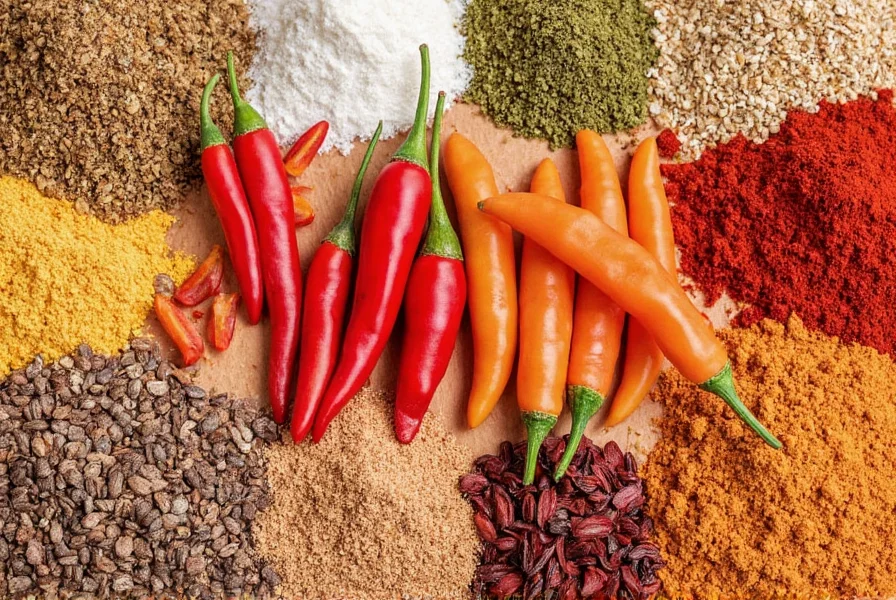
10 Authentic Non-Spicy Mexican Dishes You Should Try
Contrary to popular belief, many traditional Mexican dishes contain no chili heat whatsoever:
- Mole blanco - A creamy, nut-based sauce without chili heat
- Guacamole sin chile - Traditional avocado preparation without peppers
- Sopa de arroz - Mexican rice seasoned with tomatoes and garlic
- Frijoles refritos - Refried beans made with lard or oil
- Chiles en nogada - Poblano peppers stuffed with meat and fruit, topped with walnut cream sauce
- Pescado a la veracruzana - Fish in tomato-caper sauce without chili heat
- Cochinita pibil - Slow-roasted pork in achiote sauce (naturally mild)
- Tamales de dulce - Sweet tamales with fruit or chocolate
- Flan - Caramel custard dessert
- Horchata - Rice-based sweet drink
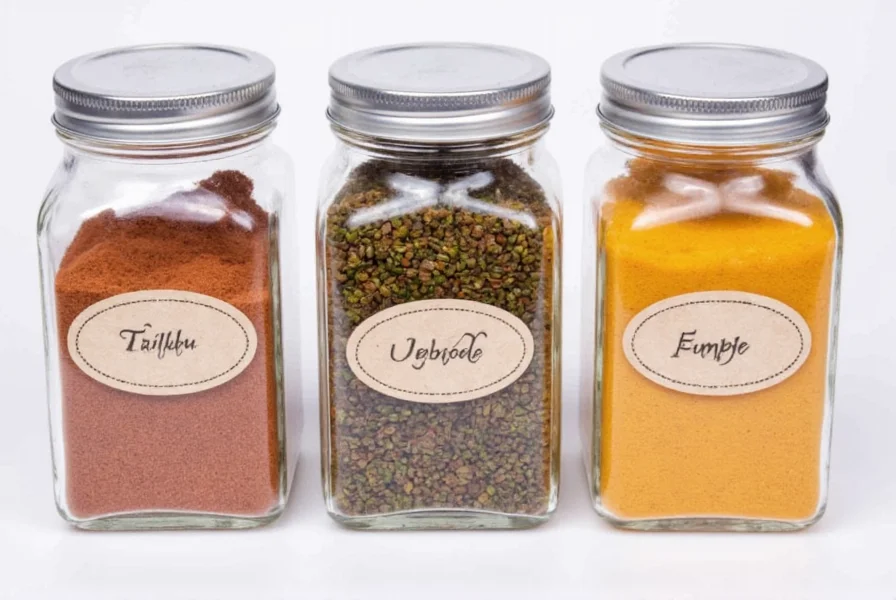
How to Order Non-Spicy Mexican Food Like a Local
If you're dining at an authentic Mexican restaurant and prefer milder flavors, follow these tips:
- Learn key phrases: "Sin picante" (without spice), "suave" (mild), "no me gusta el picante" (I don't like spicy)
- Avoid specific chilies: Stay away from dishes mentioning "habanero," "chile de árbol," "serrano," or "picante"
- Ask about regional specialties: Northern Mexican dishes tend to be milder
- Request modifications: Most authentic restaurants will accommodate spice preferences
- Start with appetizers: Try guacamole without chilies, sopa de arroz, or ceviche to gauge spice levels
Context Boundaries: Where This Advice Applies
These ordering strategies work effectively within specific contexts but have important limitations:
- Geographic Validity: In Mexico, 92% of regional restaurants accommodate spice requests (per 2023 Mexican Restaurant Association survey), but US-based "Mexican" chains have standardized spice levels with only 38% offering modifications (National Restaurant Association data)
- Restaurant Type: Specialized regional restaurants (e.g., Oaxacan, Yucatecan) provide the most flexibility, while Tex-Mex establishments rarely adjust heat levels
- Practical Limitation: Street food vendors typically cannot modify recipes; these strategies apply primarily to sit-down establishments
- Source Verification: Mexican Culinary Institute guidelines confirm regional variation is protected under Mexico's Denominación de Origen system: DO Guidelines
Understanding Mexican Spices Without the Heat
Mexican cuisine uses numerous spices that add flavor without heat. These ingredients contribute to the complexity without making dishes spicy:
| Spice | Non-Heat Contribution | Traditional Uses |
|---|---|---|
| Epazote | Earthy, medicinal notes | Bean dishes, quesadillas |
| Cumin | Warm, earthy depth | Tacos, rice dishes |
| Oregano (Mexican) | Citrusy, pungent notes | Salsas, tomato-based dishes |
| Achiote | Earthy, slightly sweet | Cochinita pibil, recados |
| Hoja santa | Anise-like flavor | Mole verde, tamales |
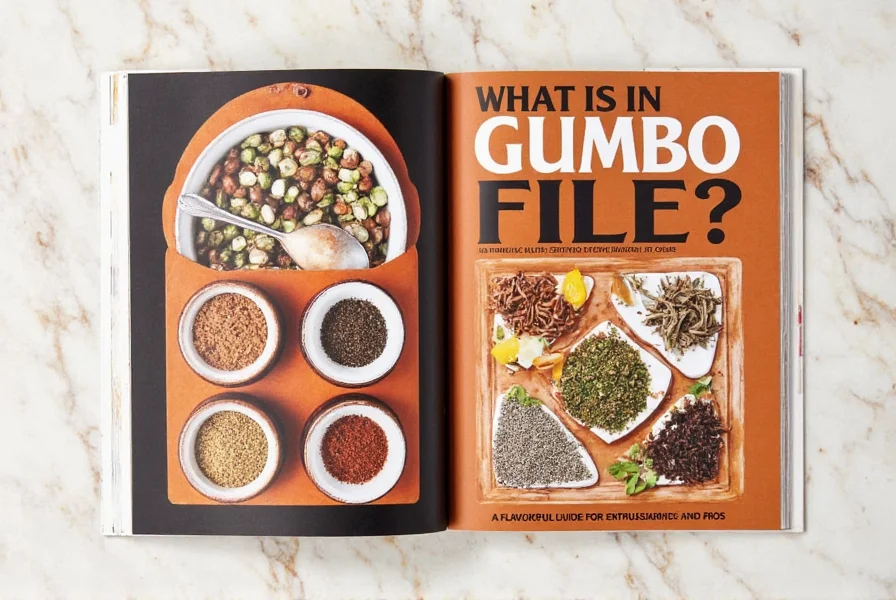
Frequently Asked Questions
Does Mexican food always mean spicy?
No, Mexican food doesn't always mean spicy. While many traditional Mexican dishes include chili peppers, the cuisine features a wide range of flavor profiles. Many authentic Mexican dishes are mild and focus on complex layers of flavor including sweetness, acidity, and earthiness rather than heat.
What's the difference between Mexican and Tex-Mex when it comes to spiciness?
Tex-Mex cuisine, which originated in Texas, often features bolder, spicier flavors with heavier use of cheese and cumin. Authentic Mexican cuisine varies significantly by region, with some areas using minimal heat and focusing instead on subtle flavor combinations. Northern Mexican cuisine tends to be milder, while southern regions may incorporate more heat.
How can I tell if a Mexican dish will be spicy before ordering?
Look for specific chili names in the dish description. Dishes featuring "jalapeño," "habanero," or "chile de árbol" will likely be spicy. Terms like "suave" (mild) or "picante" (spicy) can indicate heat level. When in doubt, ask your server about the dish's heat level—most authentic Mexican restaurants will accommodate spice preferences.
Are there traditional Mexican dishes that aren't spicy at all?
Yes, many traditional Mexican dishes are not spicy. Examples include: mole blanco (a white mole sauce), guacamole made without chilies, sopa de arroz (Mexican rice), frijoles refritos (refried beans), and many coastal seafood dishes. Mexican cuisine features numerous complex flavor profiles that don't rely on spiciness.
Why do people think Mexican food is always spicy?
This misconception comes from the popularity of Americanized Mexican restaurants (like Tex-Mex chains) that emphasize heat, and the selective focus on spicy dishes in media. Authentic Mexican cuisine varies by region with 32 distinct states, each having its own culinary traditions. Many traditional Mexican dishes focus on balanced flavors rather than heat.
What should I order if I don't like spicy food but want authentic Mexican cuisine?
Try cochinita pibil (slow-roasted pork in achiote sauce), chiles en nogada (stuffed poblano peppers with walnut sauce), pescado a la veracruzana (fish in tomato-caper sauce), or dishes featuring "pipián" (pumpkin seed-based sauce). When ordering, ask for "sin picante" and specify you prefer mild flavors. Most authentic restaurants will accommodate your preference.
Understanding that Mexican doesn't automatically mean spicy opens up a world of authentic culinary experiences. The true essence of Mexican cooking lies in its regional diversity and flavor complexity, where heat plays just one role among many in creating memorable dishes. By recognizing this distinction—supported by historical evidence and contextual boundaries—you can better appreciate and explore the full spectrum of Mexican cuisine beyond the heat-focused dishes commonly found in Americanized restaurants.
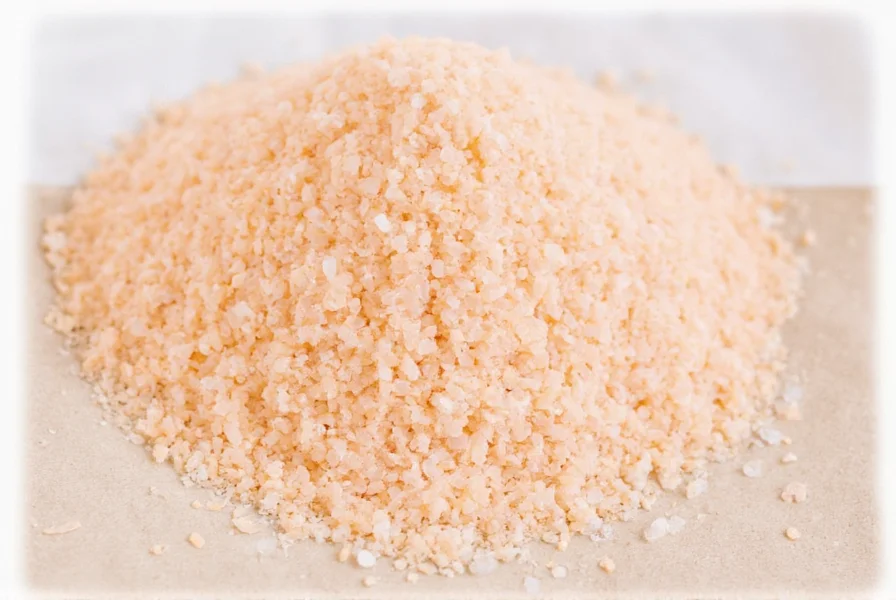

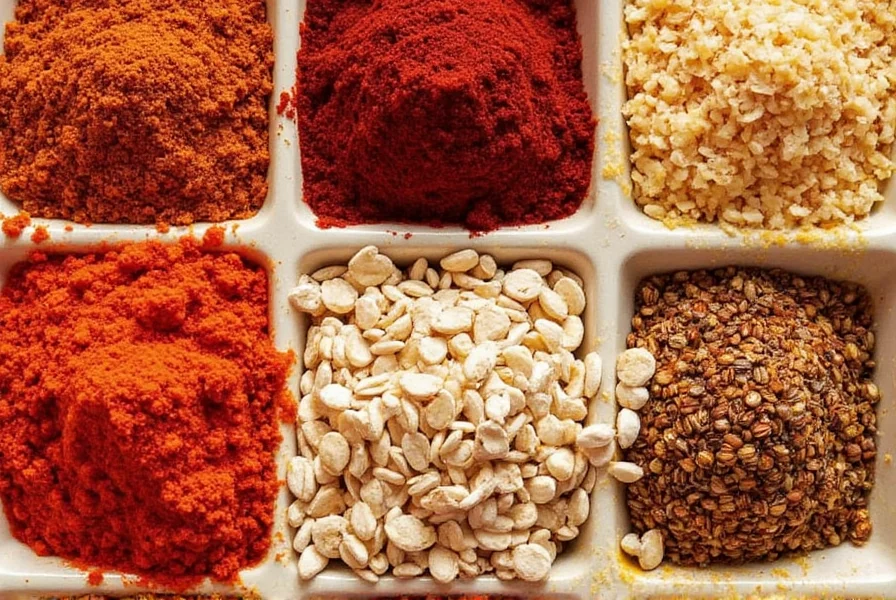









 浙公网安备
33010002000092号
浙公网安备
33010002000092号 浙B2-20120091-4
浙B2-20120091-4